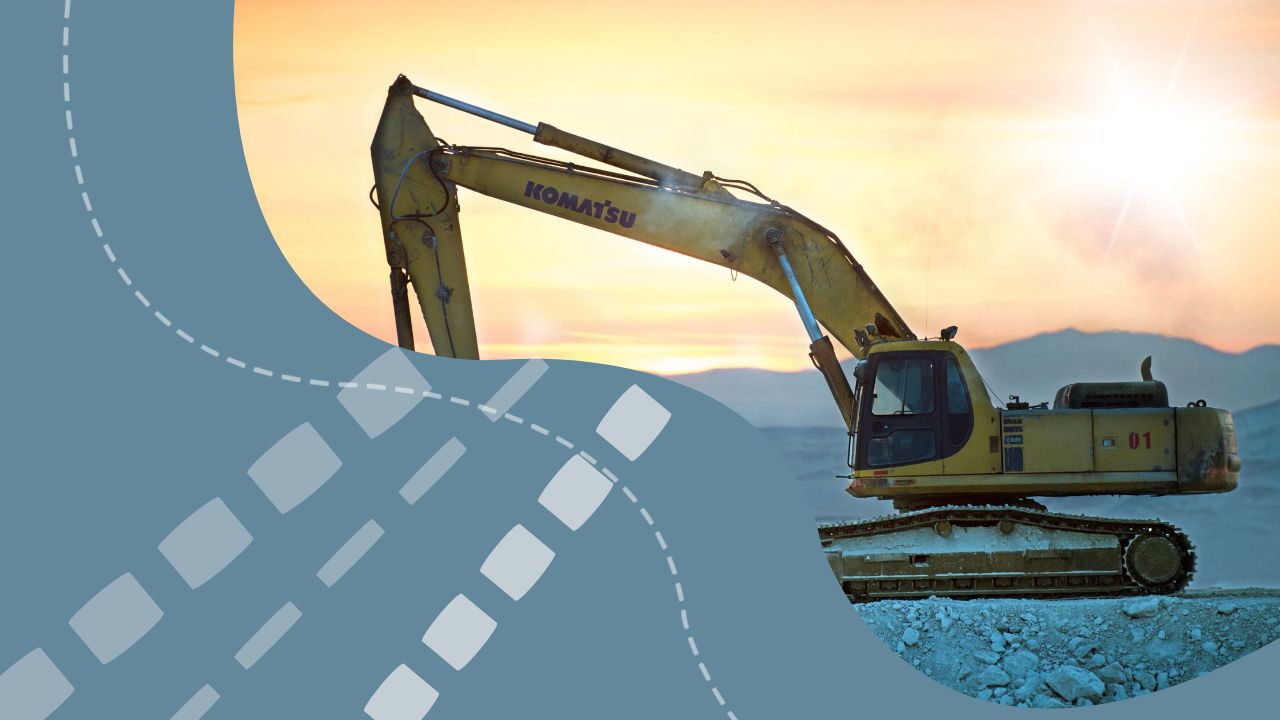The Ministry of Foreign Affairs’ Deputy Head highlighted the dual-pronged approach in the nation’s geological study of its subsoil: “regional subsoil exploration” and “prospecting endeavors.”
Nationwide regional subsoil studies have achieved substantial coverage, encompassing 94.5% of Kazakhstan’s territory through expansive geological surveys at a 200,000th scale. In tandem, focused prospecting efforts are underway across 16 key areas, aimed at securing the stability of pivotal city-centric industries adjacent to single-industry towns. Notably, 12 of these sites are actively engaged in developing the rare earth metals sector, following Cabinet directives.
The Program overseeing the State Subsoil Fund encompasses the entirety of Kazakhstan’s subsoil accessible for use. To unlock the nation’s potential and amplify investment in exploration, the Vice Minister underscored the necessity of allocating funds for regional research.
MIID RK is strategically poised to augment the mineral resource repository and attract investments for geological exploration. Their proposal encompasses the integration of geological exploration into Kazakhstan’s national priorities, introducing innovative mechanisms to heighten both public and private investments. This strategy is complemented by an exhaustive review of historical data, culminating in a methodical approach tailored to the distinct mineral types.
Additionally, Beispekov detailed the successful launch of the minerals.gov.kz information platform this year. With around 40,000 reports integrated into the system, plans are underway to digitize the operational processes of subsoil users. This initiative aims to provide open access to geological materials and simplify interactions for prospective and existing investors through a unified interface.
Simultaneously, the National Geological Service, established in 2021, is actively digitizing primary geological data. This transformation will result in publicly available information on minerals.gov.kz. The conversion target for the year includes 861,000 paper records, 129,000 graphical documents, 38,000 magnetic media, and 16,000 cartridges into electronic formats.
Beispekov emphasized the comprehensive nature of Kazakhstan’s state balance sheet, accounting for over 8,000 deposits spanning a diverse range of more than 100 mineral types, including solid minerals, hydrocarbons, and groundwater.

